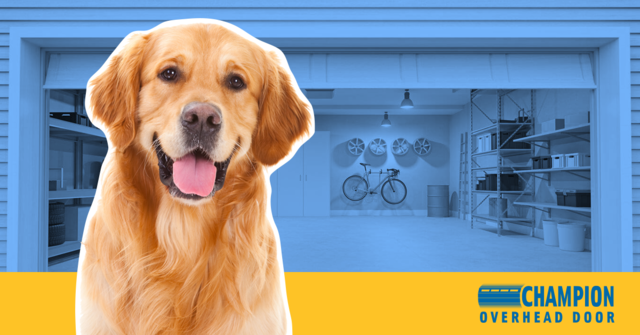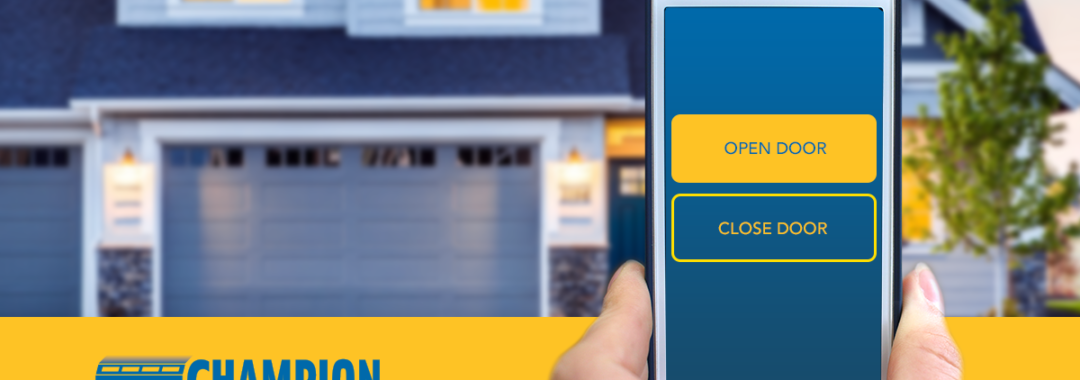4 Companies You Didn’t Know Started in a Garage
Every business has to start somewhere, right? It only makes sense that if you are just starting out you may not have the capital to spend on office space and you’ll need to make do with what you have. Some start-ups don’t even have the cash for desks — in fact, Jeff Bezos (Amazon’s founder) used an old door with 4 x 4s for legs as his first desk and still keeps a similar model around to remind him of his humble beginnings.
Most people are aware that Amazon and tech biggies Google, Apple, Microsoft, and Dell all started in garages. But here’s a list of 4 other highly successful businesses that you may not have known started the same way.
The Yankee Candle Company
In 1969, teenager Michael Kittredge set out to make his mother a one-of-a-kind gift for Christmas. He used simple supplies found in his home, mainly crayons, to create a unique scented candle. His neighbors loved his creation and urged him to make more for them to purchase. He continued working out of his garage for about 5 years until he was able to afford a storefront. Yankee Candle remains one of the most popular manufacturers in the world today.
MagLite
In 1955, Tony Maglica put a down payment of $125 on his first lathe with the intention of manufacturing precision parts in his garage. This was a step up from years of working odd jobs to make ends meet. He eventually opened his own machine shop, Mag Instruments, and delivered flashlight components. After receiving a tip from an ex-cop in the early 1970s that police needed a more durable flashlight, he developed the MagLite, a heavy-duty flashlight that has become the standard for police and homeowners alike.
Harley-Davidson
You may not be surprised to learn that Harley-Davidson was started in a garage. But at a cramped 10×15 feet and lacking a car-sized opening, the building was more of a shed than a garage. In 1901, William S. Harley and Arthur Davidson set out to develop an engine for a bicycle. Two years later, they had built a prototype for a motorcycle. It did not take long for their business to take off and in 1903, Harley-Davidson was officially a company and went on to become incorporated in 1907.
Mattel
Mattel was started by husband and wife Elliot and Ruth Handler and friend Harold Matson in a Southern California garage. They were already running a moderately successful picture frame company and started using the wood scraps to make dollhouses and dollhouse furniture. Their dollhouses took off and they soon turned their efforts away from picture frames and toward toys. In 1948, Mattel was incorporated and 11 years later, their best-known doll, Barbie, was created.
What’s the point of our history lesson? Every business needs to start somewhere and by using your available resources and thinking outside of the box (or inside of the garage), your business could be featured on our list of companies that started in a garage.





